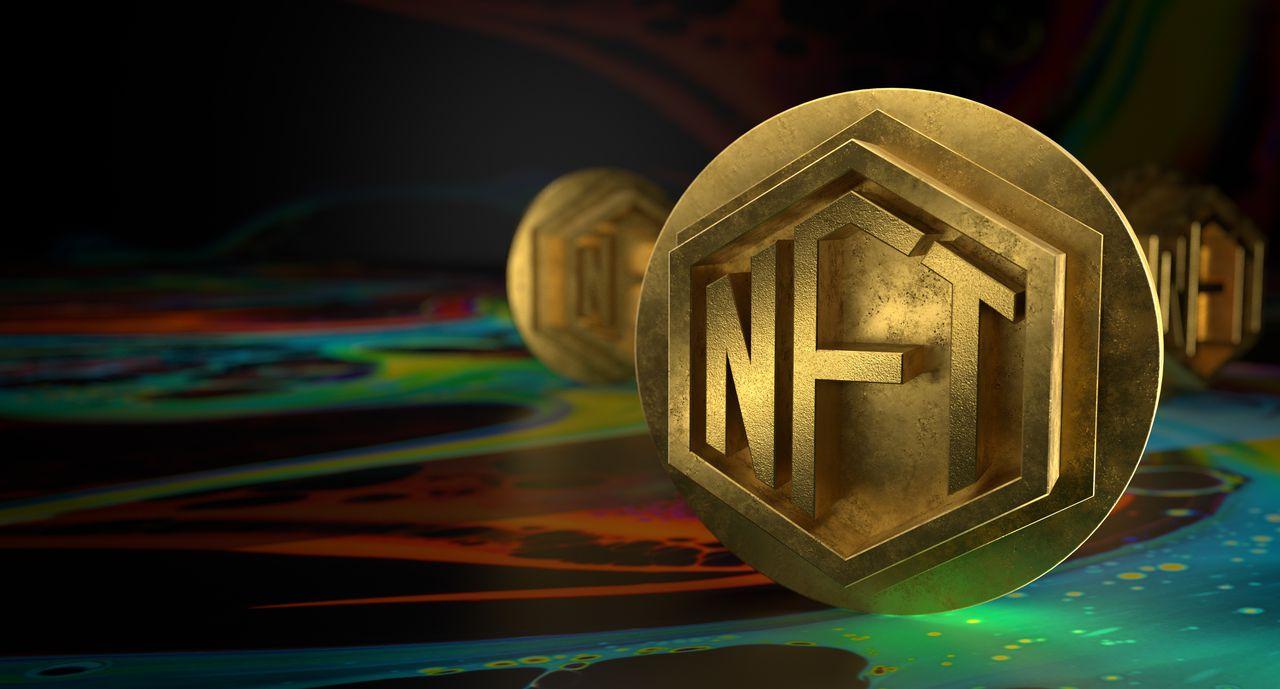What is NFT?
NFT is a non-fungible token. In this context, non-fungibility means uniqueness, for example, bitcoins are fungible: one bitcoin can be exchanged for another, they have the same value, and NFT Development Company it is unique and cannot be directly substituted by another NFT. NFT can be presented in any form: as a photo, video, audio file, etc. The hype generated by NFTs is also attributed to their ability to use technology to sell and collect digital art.
How does NFT work?
NFTs are overlaid on top of a blockchain — a ledger of transactions stored across multiple computer systems — and point to a web link, such as an image file. NFTs are stored primarily on the Ethereum blockchain, although other blockchains also support them.

NFTs are created on the basis of digital objects, which are both tangible and intangible entities. Among them:
1.Art objects
2.GIFs and memes
3.Video
4.collectibles
5.Virtual avatars
6.Music
And this is not a complete list. An NFT can be created from almost any object: Jack Dorsey, the founder of Twitter, sold an NFT based on his first tweet for over $2.9 million .
NFTs are the digital equivalent of collectibles: instead of receiving the artwork itself for display, the buyer purchases a digital file that gives them exclusive ownership, as an NFT can only have one owner at a time. The unique data associated with each NFT allows proof of ownership. Owners and creators may also store certain information in the NFT, for example, the NFT metadata for an article may contain the signature of the author or owner.
Types of NFT Fraud
Both cryptocurrencies and NFT development services are not well-regulated areas, and attackers can use their vulnerabilities to commit fraudulent activities. The news covered NFT-related pyramid schemes, OpenSea scams, NFT art financial scams, and other incidents. The most notorious cases of NFT scams are described below.
Fake sites
Third-party marketplaces such as OpenSea facilitate NFT transactions and keep transactions secure. However, attackers can create fake marketplaces with similar web addresses in order to deceive users. The visible components of the NFT — image and text information — can be easily copied, which means that fake marketplace websites can be made to look very similar to the real ones.
Fraud of investors
Investor deception is a fraudulent scheme in which an asset is aggressively advertised on social networks, which leads to an increase in the price of an asset. As soon as the scammers receive investors’ money, they stop supporting the asset, which leads to a drop in its value and losses to investors. A variation on this theme is NFT developers blocking the ability to sell a token: they add a code that does not allow sale, and buyers are left with an unsellable asset.
Market buildup schemes (“pump and dump”)

Market buildup schemes involve intentionally buying up NFTs to artificially increase demand. Unsuspecting buyers assume that NFTs have value, join the auction and start bidding. Once the price of an asset rises enough, the scammers sell the NFTs for a profit, and the buyers get the assets with no value.
Phishing scam
Before purchasing NFT, you need to register a crypto wallet. NFT phishing scams typically use fake ads, such as those on Discord, Telegram, and public forums, asking for private wallet keys and a 12-word security phrase. In addition, scammers can impersonate MetaMask wallet support and send fake emails warning that the wallet will be blocked due to security issues.
Help desk scam
Price Fraud
Bidders can change the proposed sale currency to a lower value cryptocurrency without informing the seller, after the NFT sell order is published. This can lead to potential losses for the seller if he does not double-check the currency before closing the deal.
Fake NFTs
Fraudsters can copy an artist’s work and post a fake version on the NFT marketplace. Unsuspecting buyers may purchase counterfeit, worthless NFTs.
NFT draws
On social media, scammers can pose as real NFT trading platforms and advertise NFT sweepstakes. Usually, for reposting ads and registering on a website, scammers promise NFT as a gift. After registering to receive a gift, it is proposed to bind the wallet credentials. Having learned the credentials, scammers can gain access to the account and steal it.
Fraud towards investors
Due to the anonymity that comes with trading cryptocurrencies, investors often suffer from fraud when trading NFTs. Using anonymity, scammers create seemingly viable projects, attract investments, and then disappear without a trace with funds received from potential clients.
Examples of NFT Fraud
2021 Evolved Apes
2021 Fractal
Fractal is a marketplace for gaming NFTs. In 2021, users lost over $150,000 in cryptocurrencies as a result of participating in an NFT scam . The buyers were hoping to get a limited edition NFT, but they were in for an unpleasant surprise: the link posted on the official Discord channel of the project turned out to be a scam created to steal the cryptocurrency. Participants who followed the link and connected their cryptocurrency wallets in the hope of receiving NFTs discovered that their crypto assets were transferred to the scammers’ account.
2022 Frosties
The Frosties NFT scam resulted in the theft of at least $1.2 million as a result of defrauding investors: the creators of an NFT collection called absconded with their funds.

